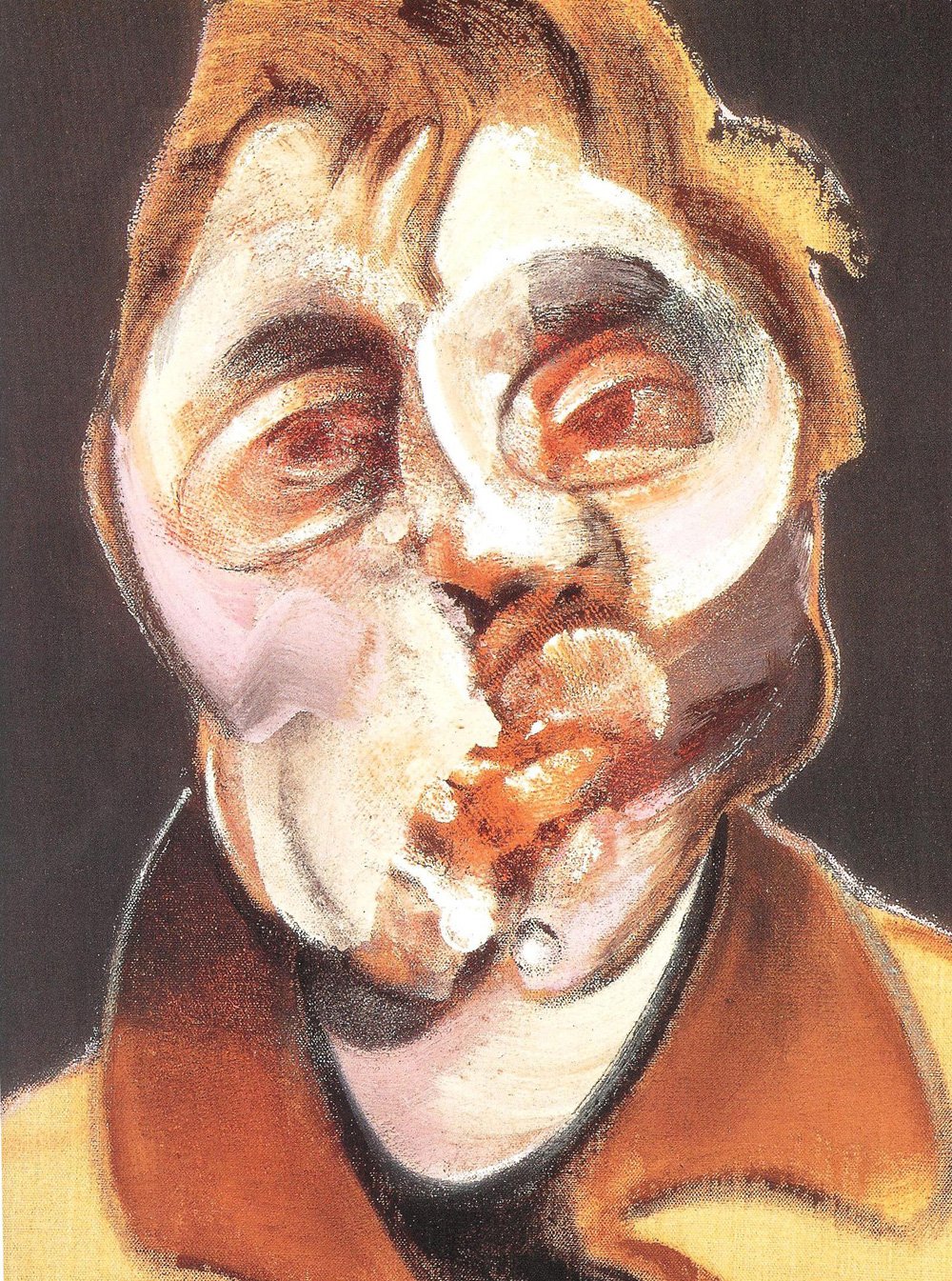
“Here is England’s most celebrated recently dead painter,” critic Robert Hughes cheekily wrote in an essay on Francis Bacon for the Guardian. “He is probably the best-known one, and possibly the most popular, since JMW Turner.” Bacon was born in 1909 and died in 1992. Somewhere in the middle, he became an artistic powerhouse, creating paintings of terrifying intensity.
In celebration of his raw and frightening contributions to modern art, we’re celebrating with five facts about the renowned British artist.
1. He idolized Pablo Picasso.
While Picasso is a hero to many artists, Bacon credits him with sparking his artistic career. “Picasso is the reason why I paint. He is the father figure, who gave me the wish to paint,” Bacon told John Gruen for his book The Artist Observed: 28 Interviews With Contemporary Artists.
Francis Bacon.
Photo: via Prezi.
2. His mother was a flapper.
Christina Winifred “Winnie” Firth was the well-dressed and daring heiress to the Sheffield steel fortune. Bacon’s sister, Ianthe Knott, spoke of their mother’s fashion-forward ways and strained relationship with her son when she was interviewed for Bacon’s Arena, which was broadcast on the BBC in 2005:
“I remember sometimes he brought home things that he’d drawn and, I don’t know what my mother did with them she wasn’t wildly interested in it. They were always, what we used to call 1920s ladies you know, with the cloche hat and, cigarette holder. That sort of thing. They were always drawings like that. They were very nice. What happened to them I don’t know.”
3. He was a cinephile.
Bacon was so struck by Sergei Eisenstein’s 1925 film Battleship Potamkin that he began painting the face of the screaming nurse in the iconic Odessa steps sequence as a study for the other screaming faces he used in his works. He called the film a “catalyst” as was especially fascinated with the nurse’s mouth hanging open in distress. One of these studies is housed in the collection at the Städel Museum in Germany.
Left: Still from “Battleship Potemkin,” directed by S.M. Eisenstein, 1925. Right: Study for the Nurse (detail), Francis Bacon, 1957.
4. He destroyed many of his early works.
According to his estate, Bacon was included in a 1937 exhibition of “young British artists” curated by Eric Hall, but when the show received negative reviews, he disposed of all of the works he exhibited in it. Hardly any of his paintings from this period have survived. However, since his death in 1992, a number of major works that were previously assumed destroyed, including early 1950s popes and 1960s portraits, reemerged to set record prices at auction.
5. You can still visit his studio in Dublin.
Committed Bacon fans can visit a reconstructed version of his studio at the Hugh Lane Gallery, which includes various items from his famously messy studio space and his extensive collection of books and clippings.